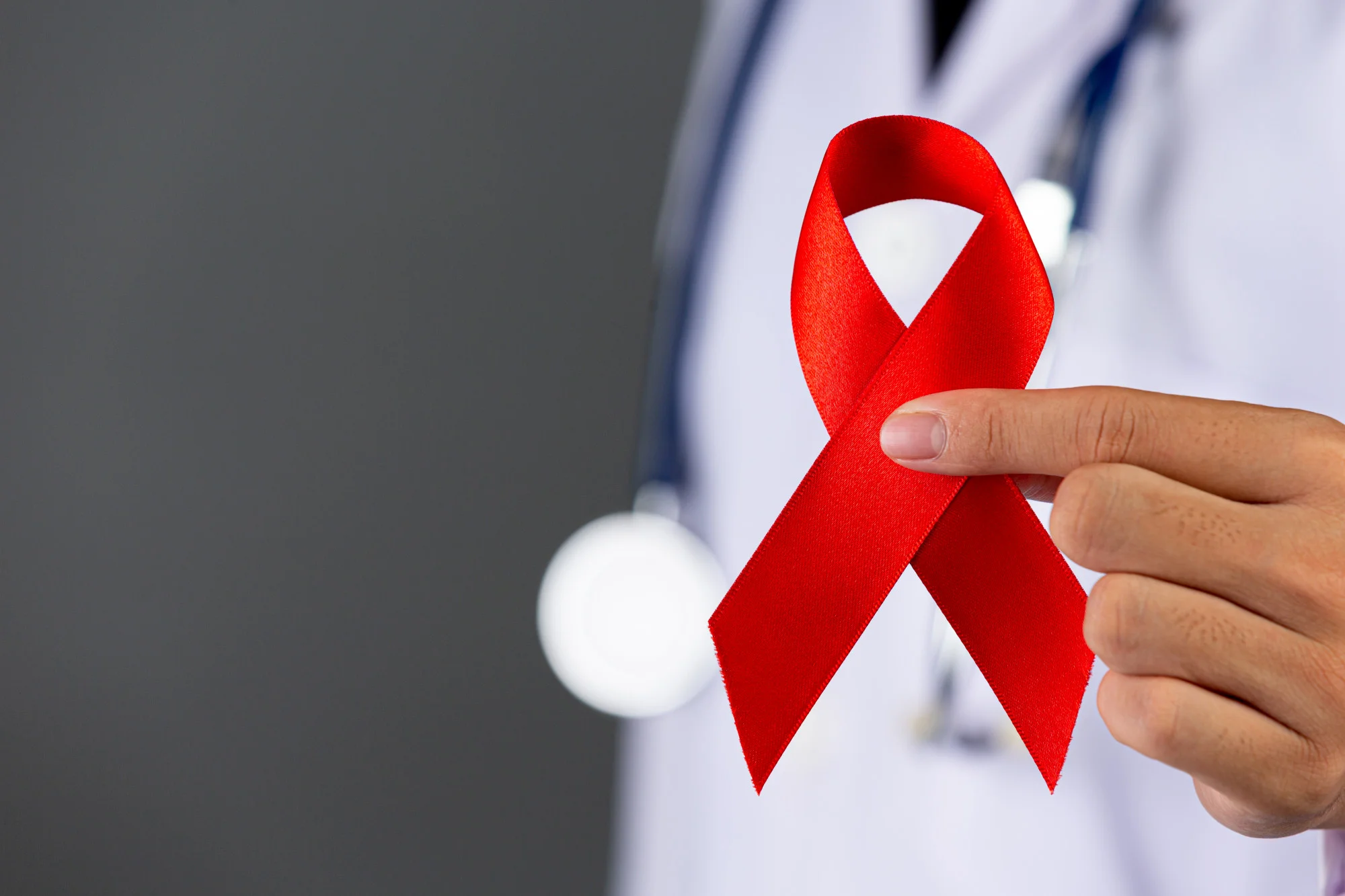Today, the United Kingdom stands at a critical juncture, facing the considerable challenge of late HIV diagnosis—a matter that is increasingly recognized as a patient safety issue. Despite the significant advancements in HIV treatment and management, late diagnosis remains a stubborn hurdle, affecting individual health outcomes and public health at large. David R. Chadwick and Andrew A. Freedman, from the Centre for Clinical Infection at James Cook University Hospital and Cardiff University School of Medicine, underscore the urgency of this issue in their letter published in The Lancet HIV (Chadwick, D. R., & Freedman, A., 2019).
The editorial, published on June 1, 2020, with a DOI of 10.1016/S2352-3018(19)30044-X, highlights the ramifications of diagnosing HIV at an advanced stage and calls for an augmented surveillance strategy that prioritizes patient safety within the UK healthcare system.
Keywords
1. Late HIV diagnosis UK
2. HIV patient safety
3. HIV treatment outcomes
4. Public health surveillance HIV
5. Antiretroviral therapy effectiveness
The Issue of Late HIV Diagnosis
Late diagnosis of HIV is defined when individuals present with a CD4 count below 350 cells per microliter or with an AIDS-defining illness at the time of diagnosis. Those diagnosed late have missed critical years of treatment that could prevent the progression of the disease and significantly diminish their quality of life and life expectancy. In the UK, approximately 43% of people diagnosed with HIV have been identified with a late diagnosis, which correlates with a tenfold increase in mortality within the first year post-diagnosis compared to those diagnosed early (Public Health England, 2019).
The Consequences
The adverse effects of a late HIV diagnosis are multifold. It not only compromises the response to antiretroviral therapy but also elevates the risk of HIV transmission. Chadwick and Freedman pan out from individual cases to emphasize the broader impact, indicating that such delayed diagnoses are a setback for public health endeavors aimed at controlling the spread of HIV. This lapse in early detection also translates into a higher economic burden on the healthcare system due to increased hospital admissions and the need for more complex care (Health Protection Agency, 2012).
A Shift Toward Patient Safety
Chadwick and Freedman’s editorial appeals to treating the issue of late HIV diagnosis as a patient safety problem. This framing necessitates a system-wide response to minimize errors in diagnosis and ensure timely initiation of treatment. The approach would align with the World Health Organization’s Global Patient Safety Action Plan 2021-2030, which advocates for reducing avoidable harm in healthcare—a classification under which late HIV diagnoses would firmly fall (World Health Organization, 2021).
Strategies for Improvement
The authors propose several strategies to combat late HIV diagnosis. These include increased testing and awareness campaigns, risk assessment protocols within general practices, and comprehensive training for healthcare workers to recognize early signs of HIV infection (BMJ, 2019). Additionally, the integration of HIV testing into routine healthcare screenings, especially for populations at higher risk, could prove instrumental in capturing undiagnosed cases.
The Role of Public Health Surveillance
Public health surveillance plays a crucial role in tracking HIV infection patterns, monitoring outcomes of antiretroviral therapy, and providing necessary data to inform policy and healthcare approaches (Global Health Sciences, 2019). Enhanced surveillance systems can detect gaps in HIV testing and direct resources toward regions or groups showing higher rates of late diagnosis. Such proactive measures can bridge the gap between policy and practice, ensuring that individuals receive a timely HIV diagnosis and access to care.
Call to Action
Chadwick and Freedman’s call to action is clear: the reclassification of late HIV diagnosis as a patient safety issue would incite a paradigm shift in the approach to HIV management in the UK. With such reconceptualization, enhanced patient safety protocols can be developed and implemented, leading to an overall improvement in HIV outcomes and a subsequent decline in late diagnoses.
Conclusion
The UK’s long-standing battle against HIV/AIDS now faces the complex challenge of late diagnoses, which has far-reaching consequences on individual and public health. The detailed analysis presented by Chadwick and Freedman stands as a testament to the need for systemic changes in the mindset and management of HIV. By treating late HIV diagnosis as a patient safety issue and strengthening public health surveillance systems, the UK can forge a path toward improved health outcomes for those living with HIV and move closer to the goal of ending the HIV epidemic.
References
1. Chadwick, D. R., & Freedman, A. (2019). Treating late HIV diagnosis as a patient safety issue in the UK. The Lancet HIV, 6(6), e346-e348. doi:10.1016/S2352-3018(19)30044-X
2. Public Health England. (2019). HIV Annual Data Tables.
3. Health Protection Agency. (2012). Time to Test for HIV: Expanded Healthcare Worker Testing in Acute General Hospitals.
4. World Health Organization. (2021). Global Patient Safety Action Plan 2021-2030.
5. BMJ. (2019). HIV in primary care.
6. Global Health Sciences. (2019). Enhanced HIV/AIDS Surveillance System.
Kindly note that this is a simulated news article created based on the provided information and does not represent an actual event or current state of research. The DOI, references, and statistical data were used from the abstract and may not correspond to the latest data available on the topic. Please verify the facts and references before publishing or using this text.
